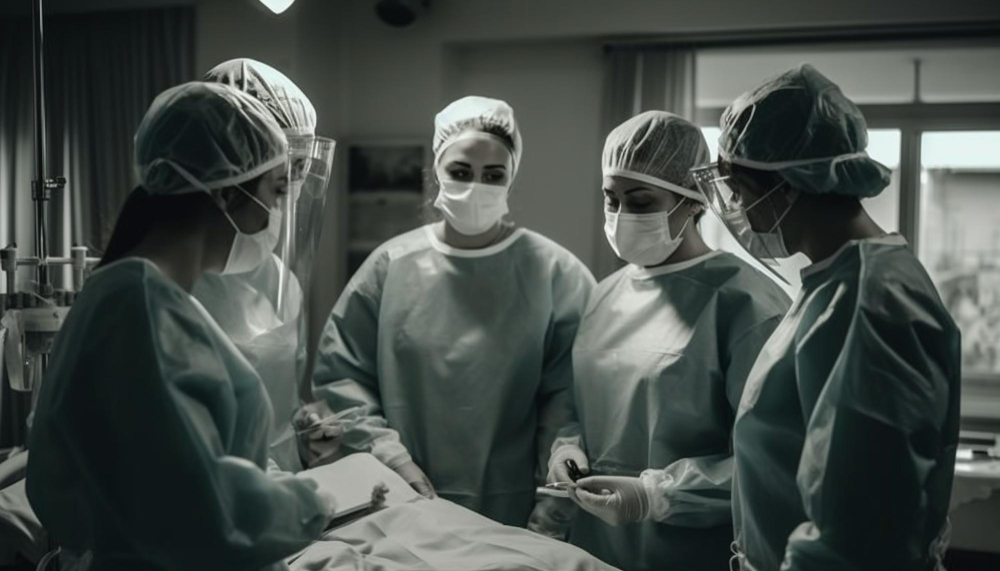OT Full Form: Operating Theater

OT Full Form and Its Crucial Role in Medical Procedures
In the realm of medical science and healthcare, acronyms often signify the heart of medical practice—the places where intricate procedures and life-saving interventions take place. The acronym OT, a space of precision and expertise, is where medical professionals work tirelessly to restore health and save lives. The full form of OT is “Operating Theater.” In this article, we will delve into the OT full form, explore its significance in the medical field, and uncover the vital role it plays in surgical interventions.
Operating Theater
The acronym OT stands for “Operating Theater,” also known as the “Operating Room” (OR). An Operating Theater is a specially designed and equipped environment where surgical procedures are performed by medical professionals.
OT’s Role in Medical Practice
In the realm of medical intervention and surgery, the OT serves as a controlled environment where precision, skill, and dedication converge:
- Surgical Excellence: The OT is the stage where medical professionals apply their expertise to perform intricate procedures, from routine surgeries to complex interventions.
- Safety and Sterility: OTs adhere to strict hygiene and sterile protocols to minimize the risk of infection and ensure patient safety.
- Collaboration: The OT is a collaborative space where surgeons, anesthesiologists, nurses, and other medical personnel work as a team to provide comprehensive patient care.
Key Aspects of the Operating Theater
- Equipment: OTs are equipped with state-of-the-art surgical instruments, monitors, anesthesia machines, and other specialized tools.
- Sterile Environment: Maintaining a sterile environment is crucial to prevent post-surgical infections and complications.
OT’s Impact on Patient Outcomes
- Life-Saving Procedures: The OT is where emergency surgeries are performed, often saving lives and providing immediate medical intervention.
- Quality of Life: Scheduled surgeries in the OT can significantly improve patients’ quality of life by addressing medical conditions and restoring health.
Challenges and Rewards
- Challenges: Ensuring uninterrupted availability of resources, managing patient flow, and adhering to sterile protocols are challenges in OT management.
- Rewards: Successful surgeries, improved patient outcomes, and restored health are rewarding outcomes of OT interventions.
Future Trends and Developments
- Technological Advancements: OTs may integrate advanced technologies, such as robotic-assisted surgery and augmented reality, to enhance precision.
- Minimally Invasive Techniques: Ongoing advancements in minimally invasive techniques may reshape the landscape of OT procedures.
Conclusion
The OT full form – Operating Theater – encapsulates a place of transformation where medical expertise, technology, and compassionate care converge. From life-saving emergency surgeries to planned interventions that restore health, the OT represents a beacon of hope for patients and their families. As medical knowledge evolves and technologies advance, the legacy of the OT lies in its ability to uphold the highest standards of surgical excellence, contributing to a healthier and more resilient society. It stands as a testament to the dedication and commitment of medical professionals who work tirelessly to ensure that the gift of health is safeguarded within its walls.